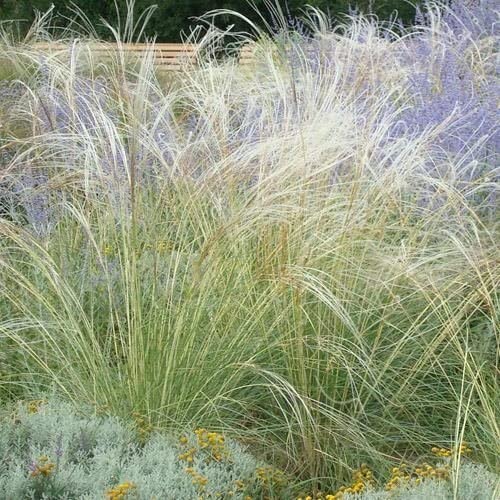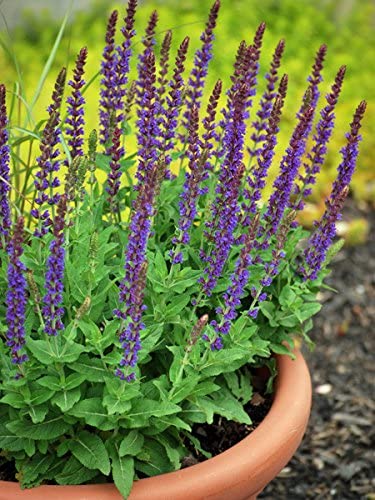This biophilic designer's secret to a more relaxing backyard will change how you think about your landscaping for good
When you know the psychology behind how a backyard can make you feel calmer, you can make the landscaping choices that will help amplify this effect
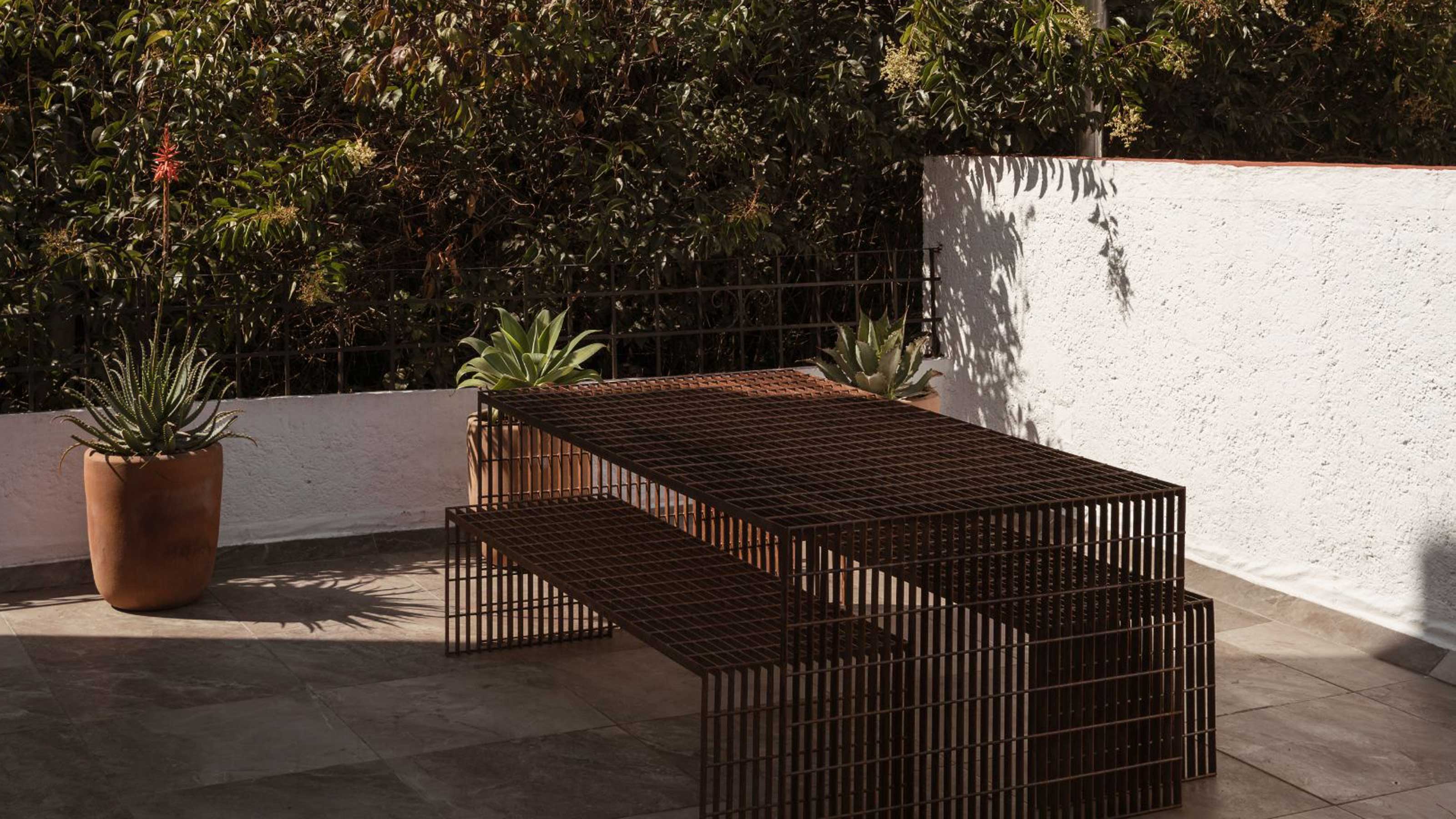
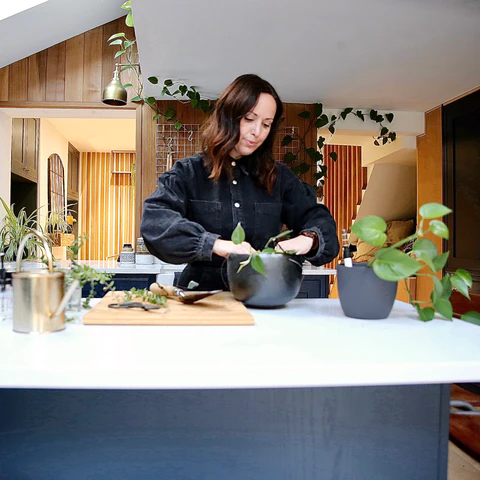
What do Sir Isaac Newton and the late Steve Jobs have in common? Well, it’s thought that Newton’s inspiration for his theories on gravity are attributed to the “Apple Incident'' – i.e. where he watched an apple fall from a tree. And, of course, most of us are familiar with Jobs as the co-founder of one of the most groundbreaking and influential tech companies of all time - named after the very same fruit that inspired Newton.
Maybe they both shared a mutual respect for this humble fruit? I can neither confirm or deny this theory. But what I do know is that it is believed that both of these legendary, creative thinkers are thought to have had their best ideas while out in nature.
These lightbulb moments could be attributed to ‘Attention Restoration Theory’ (ART). A theory developed and popularised by Stephen and Rachel Kaplan in 1989, which suggests that mental fatigue and concentration can be improved by time spent in, or looking at nature.
Once you understand the basics of Attention Restoration Theory, you'll see examples of it everywhere you look. This biophilic design principle will also feed into how you design your backyard, from what features you include to what and where you decide to plant. Here's what you need to know.
What is Attention Restoration Theory?
During the late 80s and early 90s - a time period defined by rapid technological advancement and ever-increasing indoor entertainment, concerns about the potential side effects caused by a lack of time in nature grew, along with an increasing body of research undertaken by environmental psychologists into how we can incorporate more restoration into our lives.
Stephen and Rachel’s ‘Attention Restoration Theory’ proposed that there are four key components that characterise a restorative environment:
1. Being Away
2. Soft Fascination
3. Extent
4. Compatibility
Landscape architects and designers have been incorporating these components into the designs of healing backyard and commercial spaces for years, and most gardeners will attest to the fact that being in the backyard, participating in daily, straightforward tasks such as weeding and pruning - away from all of the negative stimuli of technology - can have a calming and almost meditative effect on us.
With all of that in mind, why wouldn’t you want to carve out a little slice of escapism for your own mind to retreat to, in your very own back backyard? Here are some achievable ways to incorporate these four components into your outdoor spaces, and send your brain on some much needed gardening leave, when your deadlines have left you feeling more than a little frazzled.
1. Being away
Creating a space where you can take yourself away from the source of stress and negative stimuli, whether that be your work, a personal situation or just general family life, can be a great way to quieten all of that down and create distance from it.
Combine that with the fact that having a visual connection to greenery has been shown to lower the stress hormone cortisol, boost endorphin levels and dopamine production and I think we’re onto something.
Be it an urban balcony or a sprawling backyard, creating that transition that brings you from task to present is what’s important here, and this can be easily achieved by using greenery as your guide and as your screening, thereby ticking both boxes with one plant. Tall grasses such as stipa gigantea and wafty bamboos are your friends, as they will offer you screening and with very little maintenance required, they’ll even thank you with the gentle rustle of leaves as they lead you on your merry way.
2. Soft fascination
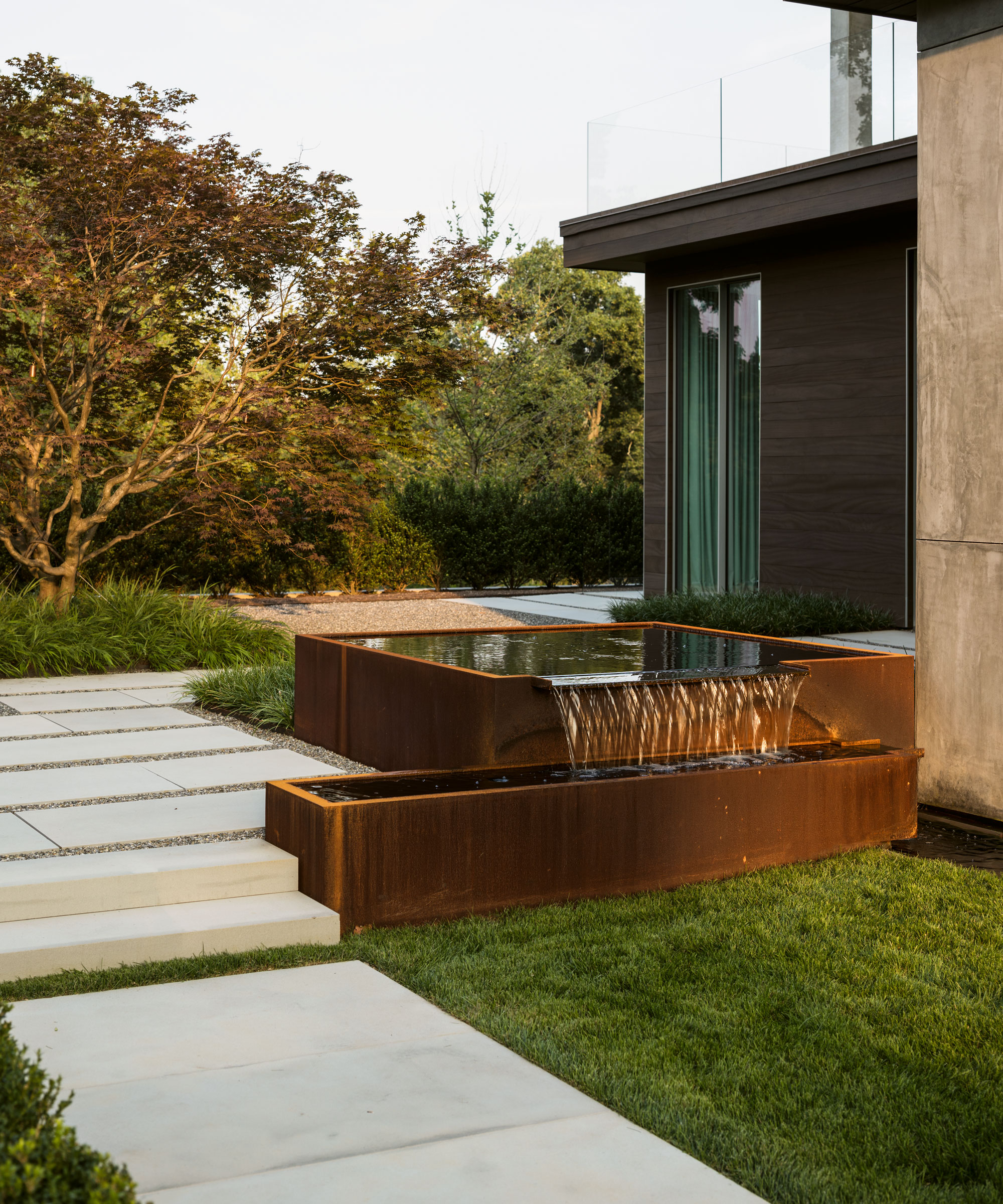
Restorative environments hold your attention without you having to exert effort to remain focused. Repetitive tasks such as watering and deadheading offer just enough effort to give your mind some respite, and the act of caring for plants will give you a natural high, while clearing out the space in your mind required to tackle that tax return.
Sensory garden elements such as the trickle of a water feature or the crackle of a fire pit in the evening, will evoke the senses, just enough to hold your attention and allow the mind to daydream.
3. Extent
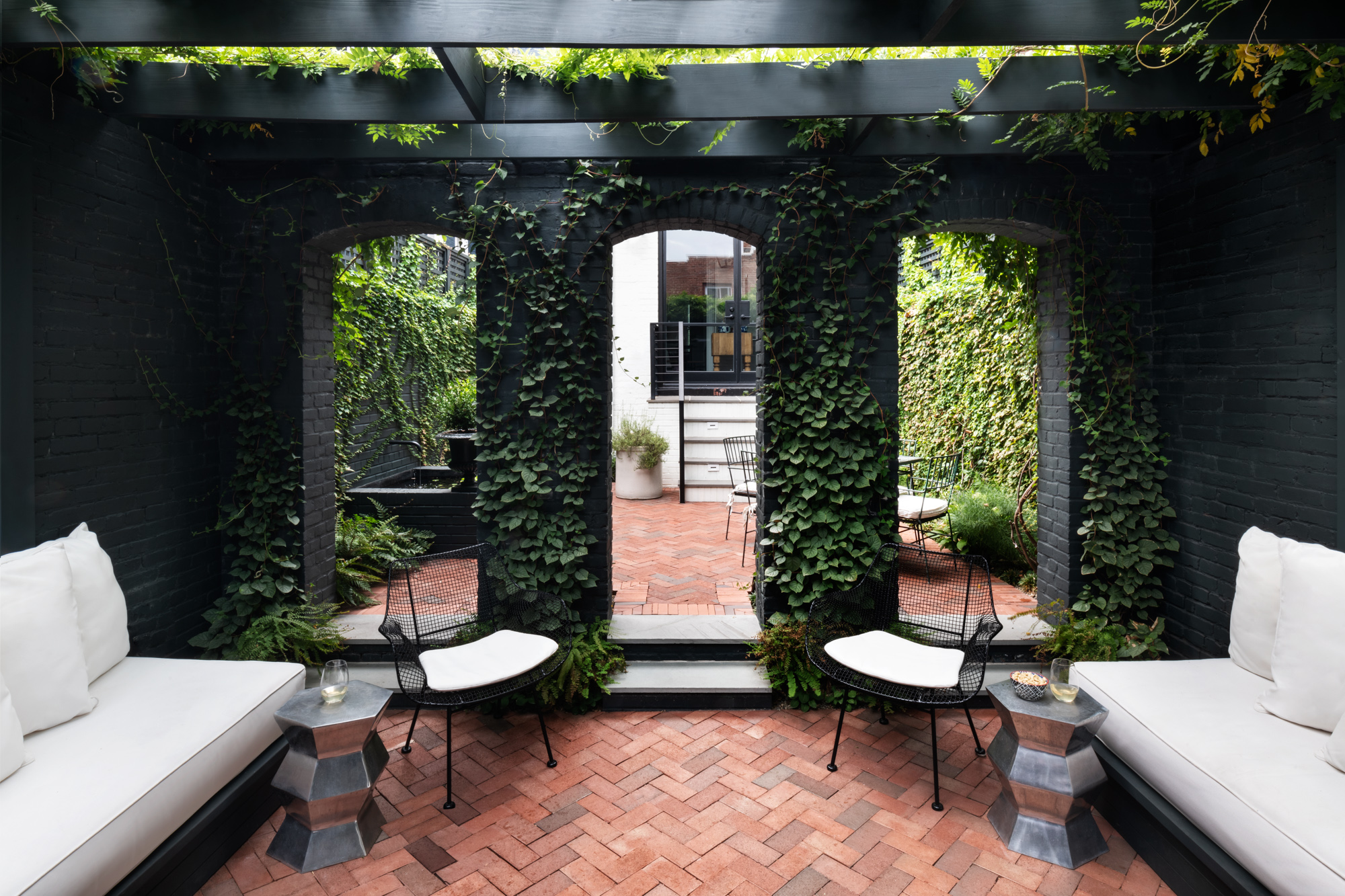
This component refers to the quality of the restorative environment. It’s about creating a safe space that encourages you to feel totally immersed and engaged. The inclusion of canopies in an outdoor space is an effective way of creating a feeling of security, as they give you the sense of being able to look out and observe your environment from a position of shelter and safety. Perhaps that is why pergolas have seen a huge surge in popularity over the last few years, as they really help to define a space and give it purpose. Small backyards or balconies can achieve a similar effect with a canopy created by climbing plants or the introduction of a cocooning hanging chair.
Adding colours through your planting that are soothing to look at is crucial to creating a restorative outdoor space. Hues of purple are thought to be both calming and stimulating for the mind, creating a harmonious balance that promotes imagination and creativity. It’s also understood to be the pollinator's favorite colour and the knowledge that you’re making a contribution to biodiversity will also give you a buzz. Plants such as salvia and lavender add a soothing scent, while providing that purple haze.
4. Compatibility
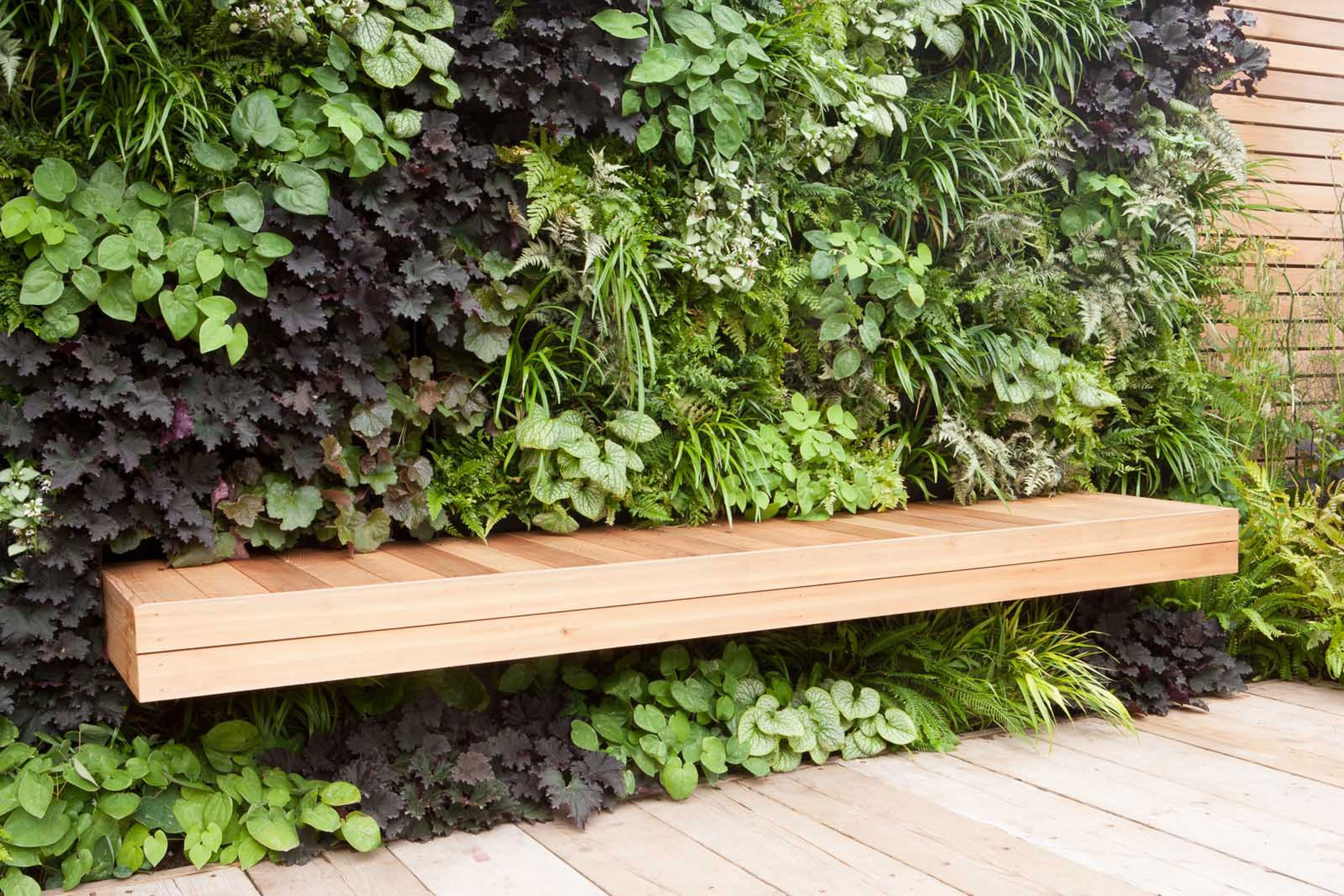
This one really is all about you - the user of the outdoor space - and making sure that that space is supportive of any particular needs that you may have. Be it using textures to lead a person through a space that might be visually impaired, or using sound softening in the form of living walls or vertical gardens for someone that is negatively affected by loud noise.
Ensuring all thresholds are fully accessible or that there are no safety issues for small children are all considerations that should be prioritised way before the beautification begins, as until we can all feel included and completely comfortable in our surroundings, then we can not even begin to feel those shoulders drop.
So if I were to make one minor adjustment to Steven and Rachel’s theory, it would be to promote step four to the top of the list, but other than that, I’m fully onboard with incorporating ‘Attention Restoration Theory’ into my garden designs. How about you?
Be The First To Know
The Livingetc newsletters are your inside source for what’s shaping interiors now - and what’s next. Discover trend forecasts, smart style ideas, and curated shopping inspiration that brings design to life. Subscribe today and stay ahead of the curve.

Marianna Popejoy is an interior designer specializing in biophilic design. She’s worked on numerous projects from outdoor bathrooms and garden layouts, to jungle-inspired interiors. Her work and home have been featured globally by Architectural Digest and Apartment Therapy and she is currently in the process of writing a book aimed at helping people make realistic, achievable changes to their homes by incorporating elements from nature.
-
 The Weighted Blanket That Doesn’t Make You Sweat (and the Eye Mask to Match)
The Weighted Blanket That Doesn’t Make You Sweat (and the Eye Mask to Match)Luxury has weight. And apparently, volcanic minerals
By Julia Demer
-
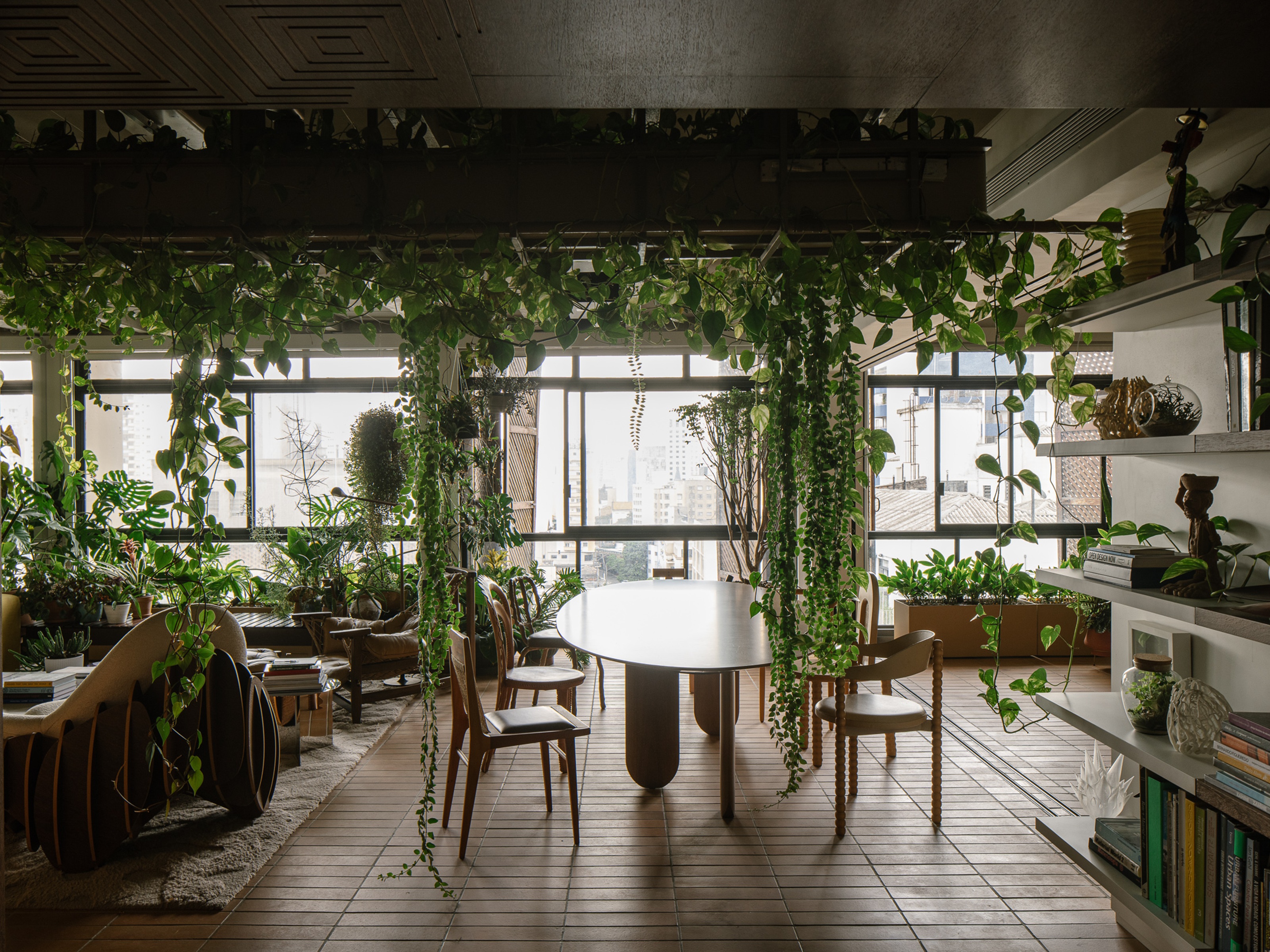 What Is Biophilic Interior Design? I'm an Actual Biophilic Designer, and This Is How to Apply It to Your Home
What Is Biophilic Interior Design? I'm an Actual Biophilic Designer, and This Is How to Apply It to Your HomeA biophilic designer explains the core principles of this practice, and the easy ways you can apply it to your home's design
By Marianna Popejoy
